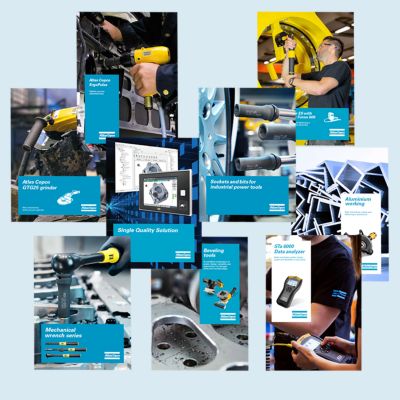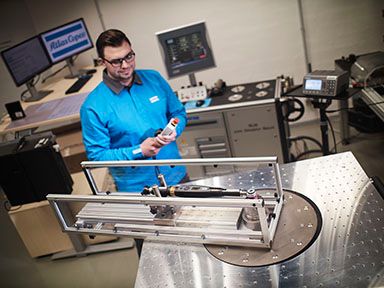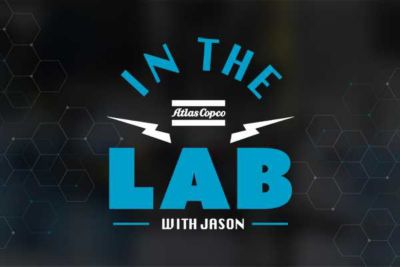Our customer sought automation as a solution to optimizing their assembly. Discover how our swift integration improved quality and made for a quick ROI.
Raise your hand if you’re ready to say goodbye to frequent quality issues and high costs associated with downtime and rework. We understand the frustrations you may face, which is why our experts work tirelessly to create ideal solutions that effectively eliminate any obstacles, optimizing your assembly.
Automation is one of these solutions. It is the answer to reducing, or even eliminating human error in daily, repetitive tasks. This is especially important for critical assembly operations like the station our automotive customer faced challenges with.

Our proposed solutions
When we learned of our customer’s hardships, we knew we had to work fast. This was a critical fastening station where the operator manually installed and tightened three or four bolts to zero torque for two different model variants at a single station. This station encountered several errors, such as the incorrect bolts being fastened and bolts being missed entirely, resulting in costly repair and dismantling.
Our experts knew that a quick solution was in order, so they proposed:
Dual Bolt Feeders with Dispensers – This mechanism feeds bolts into separate drop boxes for each model variant as directed by the indicator light. The sensors on each of the bolt boxes ensure that the correct number of model-specific bolts is dispensed for the operator to install.
This proved to be a quick solution to solve some of their quality issues. With this in place, this station would encounter less rework. While this makes the perfect quick turnaround solution, fully automating the fastening process would further improve their quality and productivity while lowering their overall expenses in the long run.
So, our experts also proposed:
Fully Automated Station – Dual Bolt Feeders connected to single cobot/spindle. A ‘Y connector’ allows the tool to be fed the two bolt varieties. This will fully automate the process, saving them excess quality issues, downtime, and labor costs.
Fully automating the station is the optimal solution to solving their quality issues and optimizing their assembly. Combining the best of both worlds, automated technology offers a compelling value proposition for production, operators, and the bottom line. With the station fully automated, it can complete daily fastening while operators are reassigned to more complex tasks. Moreover, by implementing this solution into their assembly, they would see a return on their investment in just over 3 months.
Why choose Atlas Copco?
Atlas Copco is proud to be your partner in automation. As Industry 4.0 transforms assembly tools and solutions for the smart factory, we remain committed to our customers by simplifying the automation integration process and providing the best offerings and guidance.
Are you ready to transform your assembly with semi- or fully automated solutions? Contact us today to learn more about what we have to offer.






